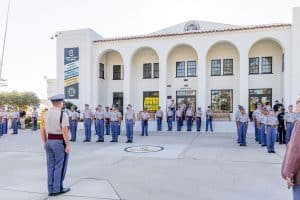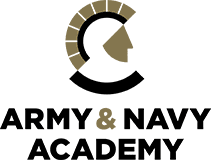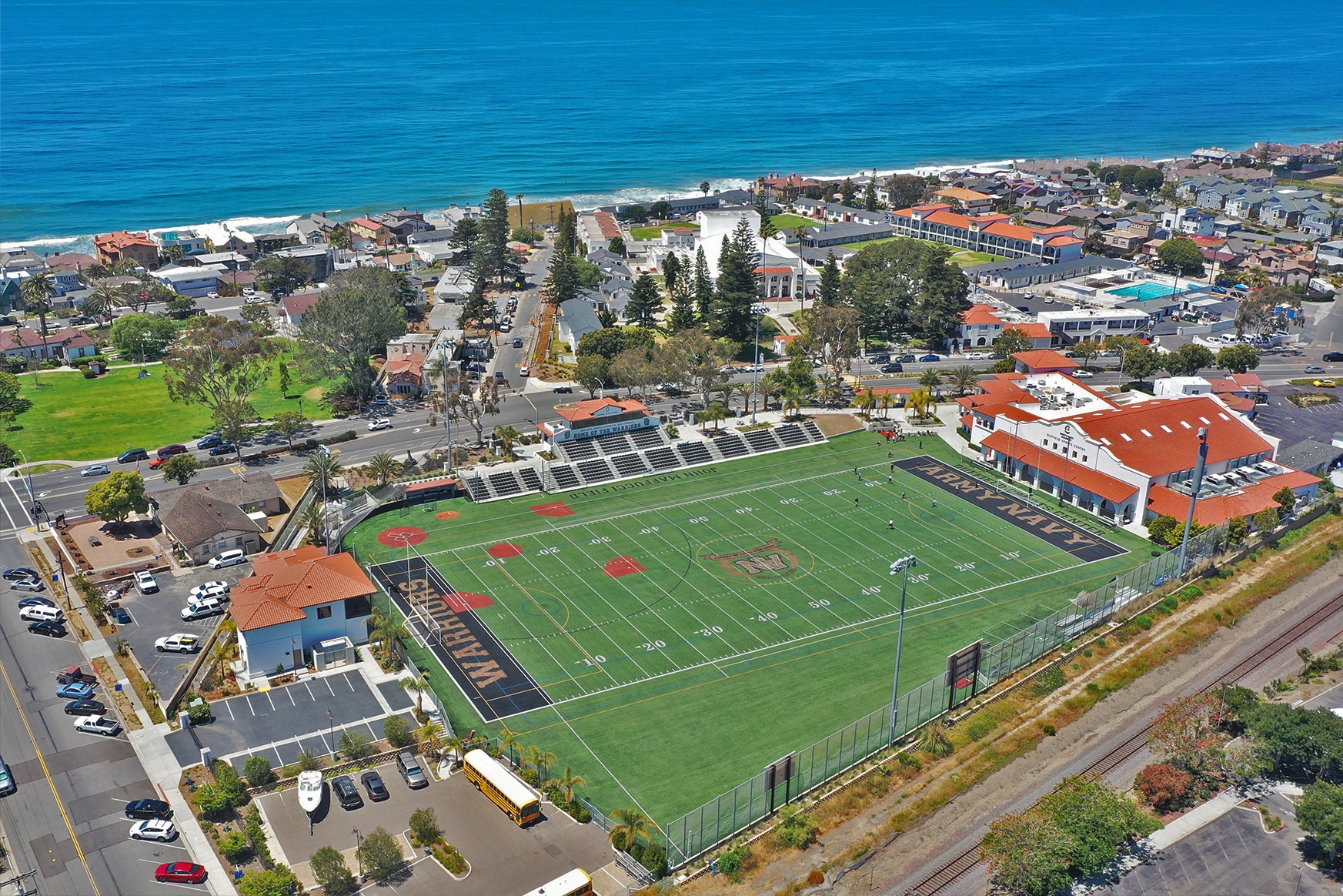
Both private day schools and boarding schools fall under the umbrella of private education, but they offer very different experiences. Also, bear in mind that many boarding schools do offer both boarding and day options and there are even military boarding schools in the U.S.
Keep in mind that boarding schools are also considered “private schools,” but they offer the advantage of a 24/7 residential life experience and could offer a competitive edge for college admission. For many reasons, families believe private education is worth the investment.
Here is some key information to help you understand private school education and evaluate which option could be a good fit for your teenager’s education.
Types of Boarding Schools
There are many types of schools and offerings, so here is some basic information.
- College Preparatory – Boarding schools are typically for middle school and/or high school students who are college-bound. There are more than 300 boarding schools across the country from the east coast to west coast.
- Junior Boarding Schools – The term “junior boarding” typically applies to grades 7-8th. Some boarding schools may even start at 6th grade and many students attend middle school and then transition easily into high school.
- Military Boarding Schools – There are college prep military boarding schools with a focus on life and college prep as well as leadership training. Although there are fewer than 35 military boarding schools in the U.S., there are military schools in California, Colorado, Utah, New Mexico, Texas, Missouri, Wisconsin, Indiana, Georgia, Lousianna, Alabama, Virginia, North Carolina, South Carolina, Pennsylvania, New York and Florida.
- Art Schools – Art schools are designed for students with very specific interests in the visual and performing arts. Check out Idyllwild School of the Arts, Interlochen Arts Academy, Walnut Hill School of the Arts, and Phillips Academy Andover.
- Sport Academies – Sport academies are designed for teenagers who want to hone their skills and may have professional athletic aspirations. Check out IMG Academy, DME Academy, Wy\’East Academy, and Army and Navy Academy.
- Religious Boarding Schools – Boarding schools and private schools in general in the U.S. are sometimes focused on a specific religion, but many are non-denominational.
- Therapeutic Residential Program – Combining academic instruction with mental health treatment, a therapeutic boarding school is a residential educational program. It is geared to help adolescents struggling with emotional, behavioral, or learning difficulties. These programs should not be confused with traditional boarding schools.
- Single-Sex Schools – Boarding schools can be either single-gender or coeducational and the same applies for nonresidential private day schools. Single gender education has specific benefits because learning is geared towards how boys and girls learn differently, the types of mentorship needed and electives and activities offered.
- Academic Boarding Schools – This category describes academic schools that may not be specifically college prep or designated as prep schools.
What Options Do Boarding Schools Offer?
Boarding schools offer a number of options and may even offer flexible day programs for local families.
- Full-time, residential experience (24/7) – Students live on campus during the academic school year with holidays and summers spent at home. Students from out-of-state and abroad typically fall into this category.
- Hybrid and Flexible Boarding – Most boarding schools offer flexible options such as a day option (nonresidential), 5 Day Boarding or 7 Day Boarding. If you’re interested in a combination boarding/day school on the West Coast, check out: Army and Navy Academy, Webb School, Cate School, Ojai Valley School, Dunn School, Thacher School and Stevenson School.
- Boarding Schools with Limited Dorms – Some boarding schools have a very small number of students living on campus due to a small number of dorms.. For instance, check out Oak Grove School in Ojai.
- Day Schools with Hosted Off-Site Boarding – Some private schools host students off-campus through student homestay programs, including Fairmont School in Anaheim and Southwestern Academy in San Marino, but this is a different experience than living directly on a boarding school campus.
What is a Boarding School?
If you need information about specifics, here is some key information to help you narrow down your research and preferences.
- Grade Levels: While private schools may vary widely and offer K-12, K-8th grade, TK-8th grade or high school only, boarding schools, with rare exceptions, are geared for grades 7-12 or high school only.
- PG and IB – Some boarding schools do offer a PG (post-graduate year), but these are fairly limited in the United States. There are also some schools with the International Baccalaureate (IB).
- Learning Differences: Some boarding schools offer programs that teach learning strategies to students with learning differences. For instance, Army and Navy Academy does offer a program for students with dyslexia, ADHD, auditory processing and other mild to moderate learning differences.
- ESL classes for English learners: Boarding schools warmly welcome international students; however, very few U.S. boarding schools offer ESL or ESOL classes. Check out these U.S. boarding schools with ESL: Army and Navy Academy, The Athenian School, Brehm Preparatory School, The Bolles School, Admiral Farragut Academy, and Brewster Academy.
- Campus Locations: Boarding schools are often set on spacious campuses in scenic natural settings, coastal areas or in urban areas. Boarding schools often offer access to cultural, educational and outdoor opportunities and close access to transportation to international airports and transit systems. You might even enjoy a boarding school on the oceanfront like Army and Navy Academy for surfing and other water sports.
- Campus Facilities: Similar to small college campuses, boarding schools offer unique facilities like makerspaces, enrichment centers, science labs, recreation halls, and state-of-the art athletic facilities. Some boarding schools also offer specialized facilities for aviation training (Army and Navy), equestrian (Culver) or other specific activities.
- Campus Services: Boarding schools offer fully equipped campus services similar to college campuses with a dining hall, health center, and laundry services. They also offer shuttles to medical/dental appointments, sport events, trips and other transportation services.
- Technology Support: To support students, boarding schools have an internal IT Department. Boarding schools assist students in technology skill acquisition and typically have policies to curtail technology dependence and overuse.
Choosing the Best Fit
As you can see, the decision between boarding school vs. day school ultimately depends on your family situation and your preferences. Evaluate your teenager’s personality, level of maturity and academic goals to make the right decision. Hopefully, you now have a better handle on the differences between boarding schools and local private day schools so you can begin to explore secondary school options. .
Army & Navy Academy Admission Office: Interested in exploring an all-boys day and boarding school in Carlsbad, California? Feel free to reach out for a phone consultation or to schedule a campus tour.
Phone: 888-762-2338

Candace Heidenrich is the CEO of Aperture Advisory Associates, where she works with private secondary and higher education leaders to strengthen programs and practices. She founded Aperture in 2018 after more than a decade in a senior administrative role at a boarding school in California. Additionally, she held faculty and chair positions at private schools and colleges in Los Angeles and Ojai. Her background also includes director and executive level positions with start-ups and Fortune 500 corporations.
While earning her B.A. in Education and Humanities in the Lawrence Henry Gipson Scholar program, she studied abroad at Oxford before pursuing her master’s at the University of California, Santa Barbara. A frequent speaker at national conferences, she is a recognized thought leader and authority on enrollment management and marketing best practices.
